In Java I want to generate a random number from 1 to 100 that can be made to be based to either end of the scale whilst still having a chance of a number from the opposite end still being 'rolled'.
To clarify, in a normal situation over a number of rolls of 1 - 100 the average will be 50, but in some situations I want the average to shift down to say, 25%. But with there still being chance for 100% to be generated.
I have looked at Random.nextGaussian, which does shift the bell curve, but for a low end value this removes high end posibilities.
What formula or combination of formulas should I be using?


